Nitrifying Bacterial Consortium
Removal of Ammonia and Nitrite from Aquaculture Tanks is a key component in development of a Recirculating Aquaculture Systems (RAS). This is accomplished in the Nitrifying Bioreactor using a specific Nitrifying Bacterial Consortium.
Nitrifying bioreactors used for the establishment of Recirculating Aquaculture Systems (RAS) are activated with consortia of nitrifiers by immobilizing them on an inert substratum designed as cartridge. They grow as biofilm and as water passes over nitrification is effected. The consortia consist of diverse flora of autotrophic nitrifiers as presented in the figures below.
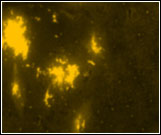
NsV 443 (Nitrosospira sp.)
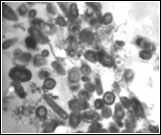
Nitrifiers inside cysts
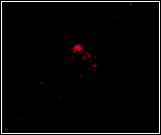
NIT2 (Nitrobacter sp.)
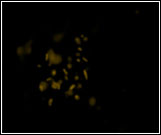
Ntspa 712 (Phylum Nitrospira)
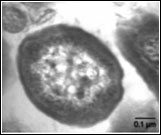
Cells having intracytoplasmic membranes and carboxysomes characteristic to the autotrophic nitrifiers
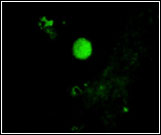
NmV (Nitrosococcusmobilislinneage)

DAPI stained consortia

Diversity of the cells in the consortia
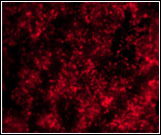
EUB 338 (Bacteria)
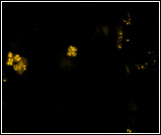
NSO 190 (β Ammonia Oxidizers)
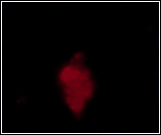
NEU (Halophilic Nitrosomonas sps)
The bacterial consortium is maintained separately for fresh water, brackish water and marine water conditions. Different bacterial consortia are used for establishment of Recirculating Aquaculture Systems (RAS) for fresh water, brackish water and marine water conditions.

